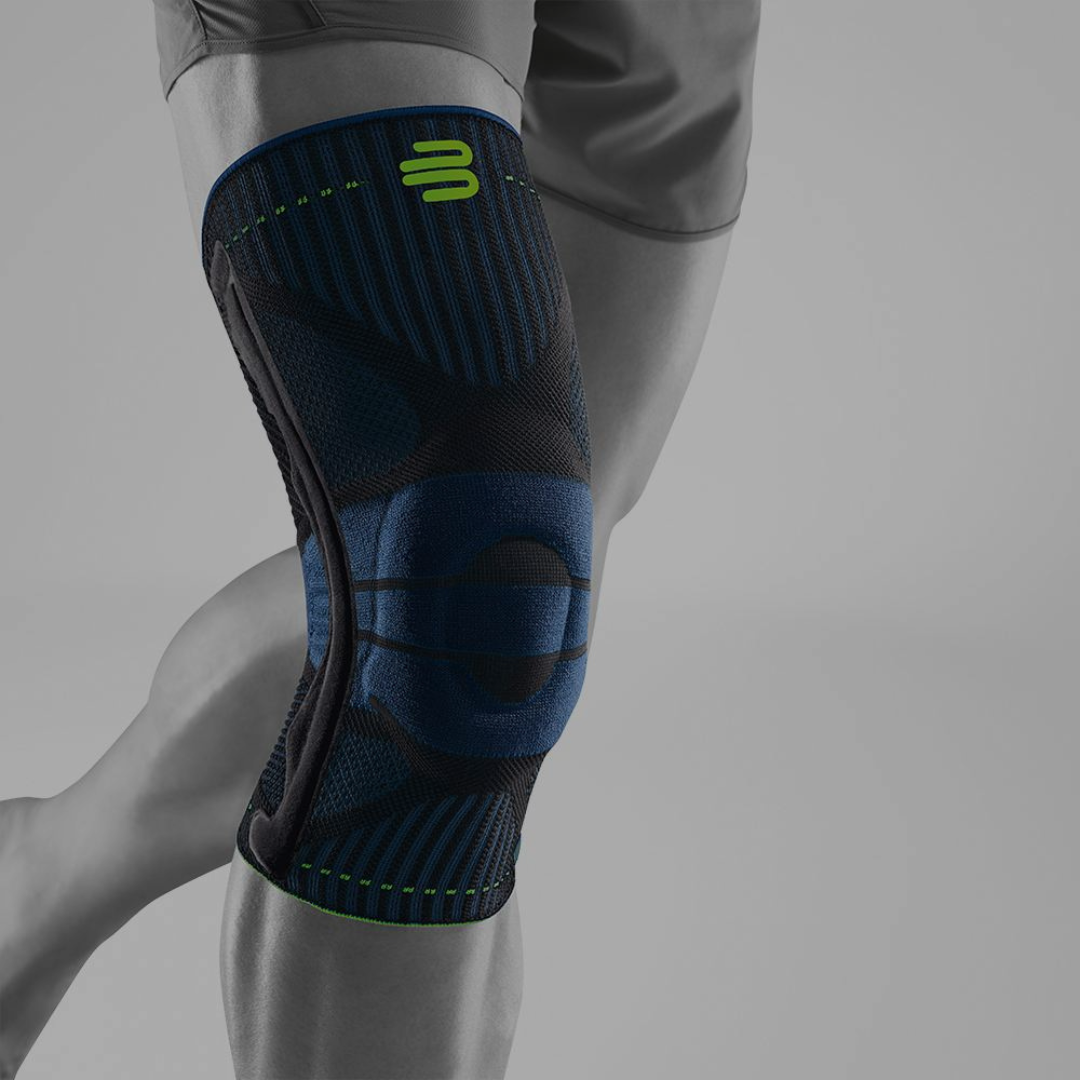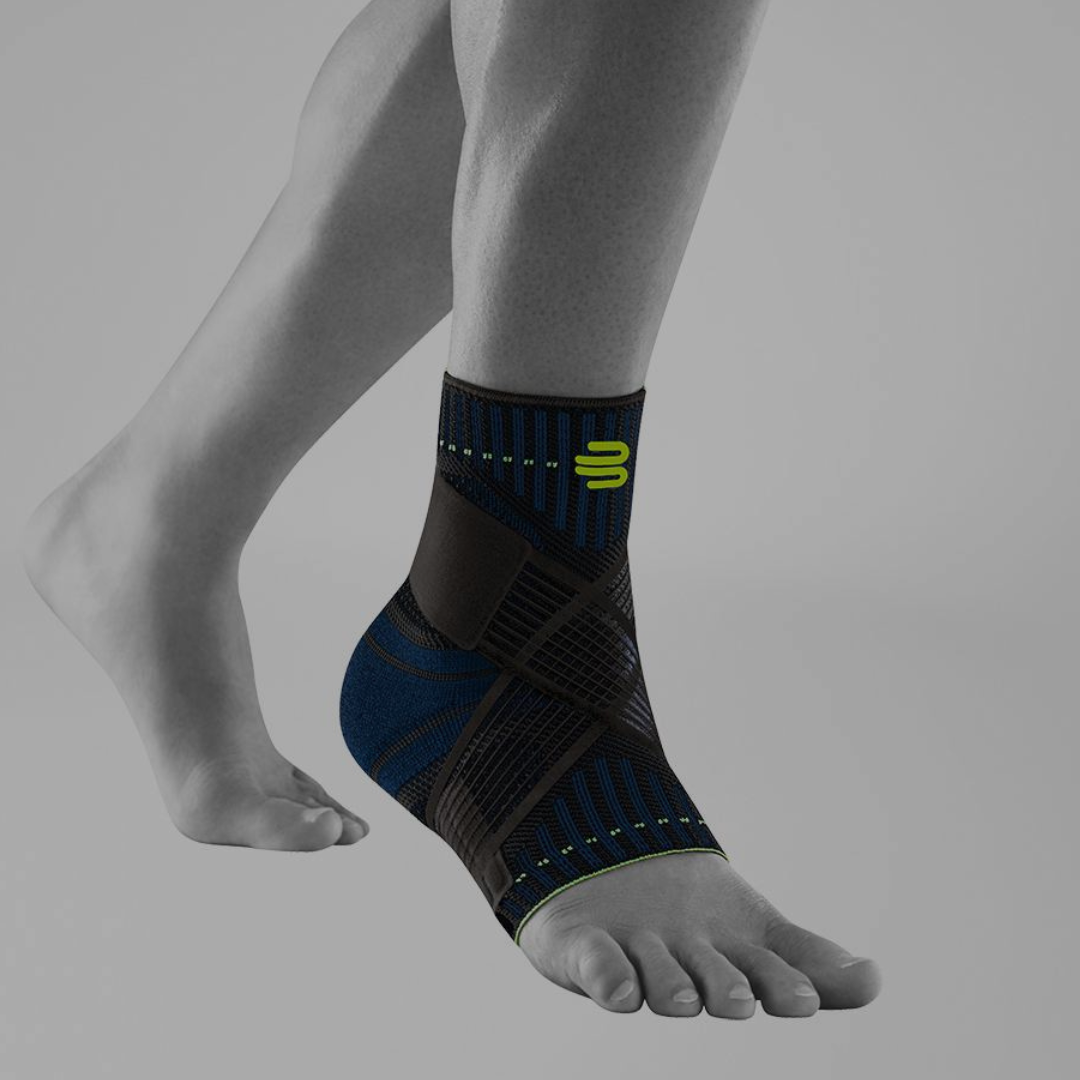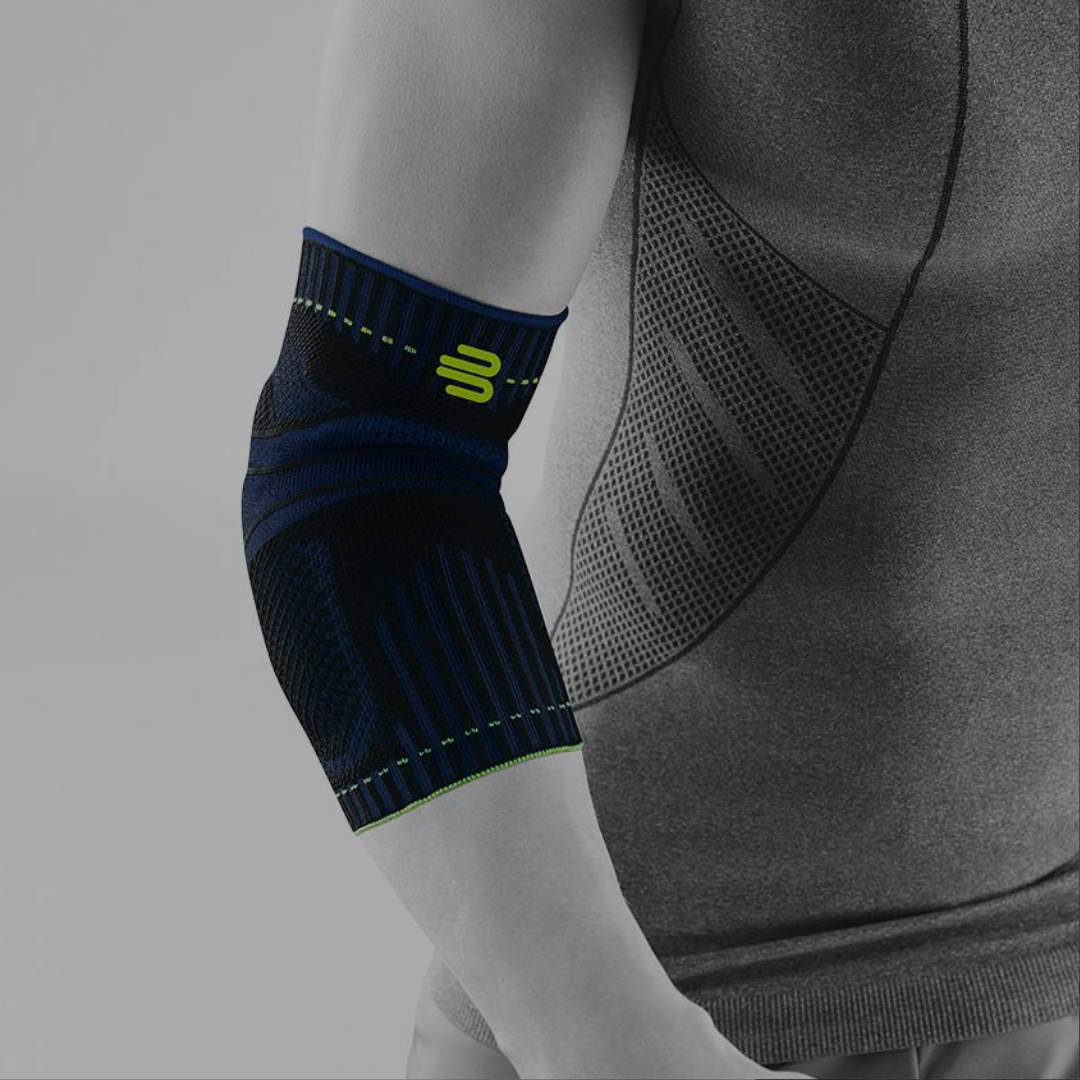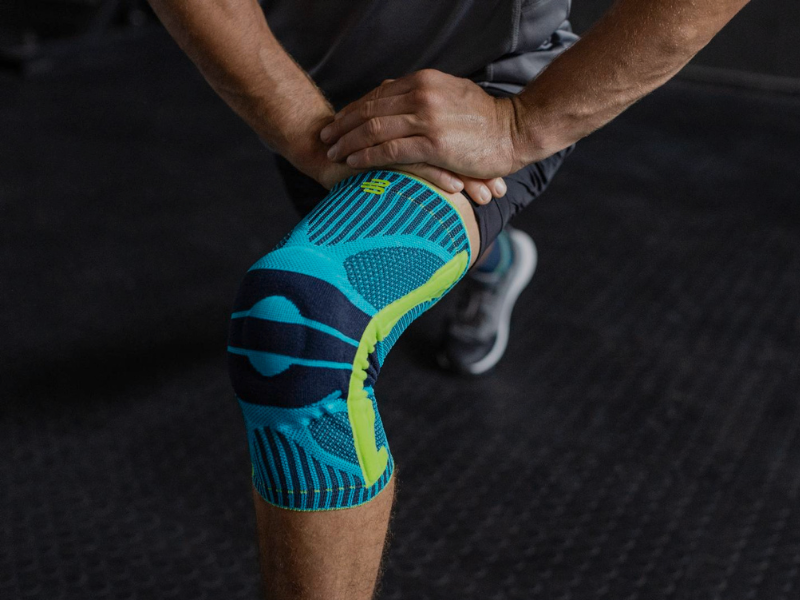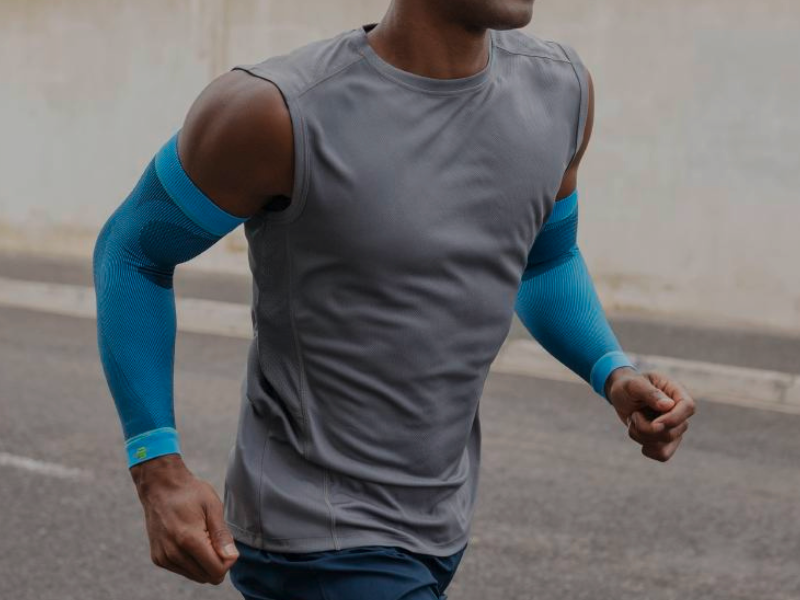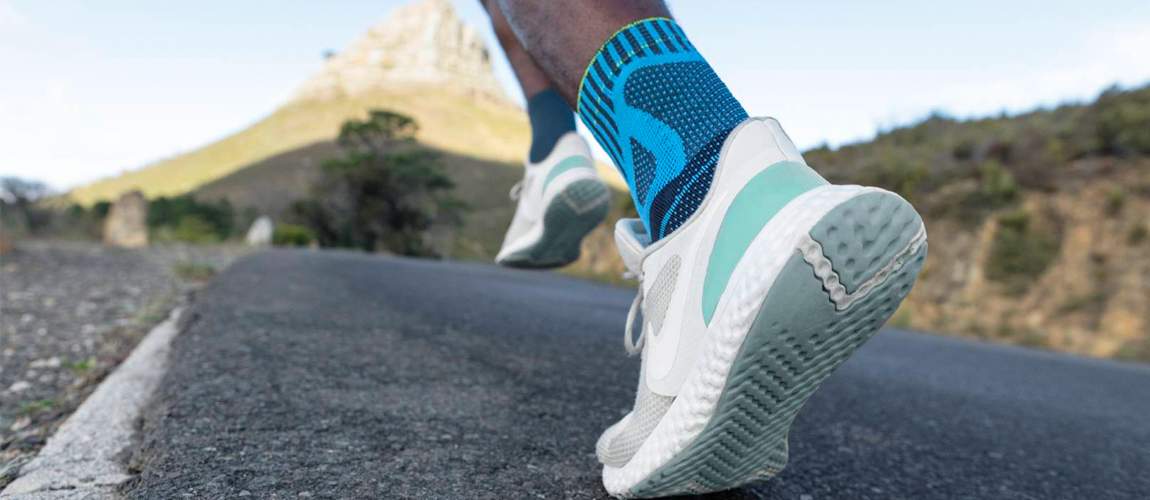We usually only really notice it when it causes us problems, and yet it is the largest and one of the most important tendons in our body: the Achilles tendon. Most people know that it is named after the (almost) invulnerable Greek hero. Its exact function, however, is less well known.
Below we will therefore look at the function of the Achilles tendon, why it can cause pain, and what you can do to stay in the game or on the running track!
Pain in the Achilles tendon during jogging: These are the causes
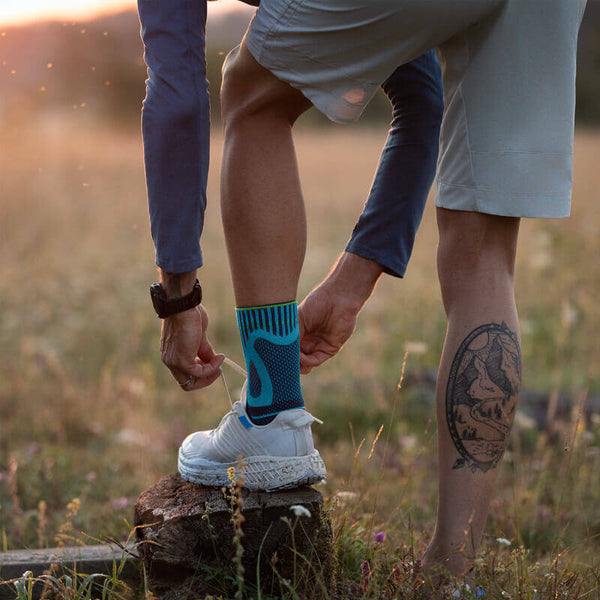 There are various reasons why our Achilles tendon can cause problems from time to time and can sometimes be very painful. Here are just a few:
There are various reasons why our Achilles tendon can cause problems from time to time and can sometimes be very painful. Here are just a few:
- Unsuitable running shoes, e.g. with material that is too stiff or too unstable, or an inappropriately placed heel cap.
- Extreme exertion, e.g. speed or mountain running
- Too short a recovery period between training sessions
- Incorrect loading, e.g. one-sided loading of leg or foot
- Incorrect running technique, e.g. one-sided forefoot running
- Too little warming up and pre-stretching of the calves
In general, shortened, tense or tired calf muscles are unfavourable because - as we learned above - they play a decisive role in the function of the Achilles tendon.
Symptoms and degrees of Achilles tendonitis

Especially if you are a man (about five times more likely), you are at risk of overloading your Achilles tendon with an injury, a so-called "tendinopathy". This can be acute or chronic. Achilles tendon complaints are always unpleasant, but there are differences in the severity of the irritation.
Stage I
If you increase your running training too quickly or wear running shoes that do not fit optimally, micro-tears in the tendon structure can occur, similar to the muscular micro-tears in a sore muscle. Fortunately, such tendon changes often disappear after six to eight weeks if you reduce your training.
Stage II
Here, an ultrasound often already shows a clear change and thickening of the tendon structure. As vessels and nerve endings grow into the tendon, the pain increases even more.
Stage III
In the third stage, the tissue becomes scarred and loses its full functionality. You should avoid this condition at all costs. An Achilles tendon support like our Sports Achilles Support helps you to do this.
Achilles tendon pain after running: What you can do

Take a break!
Even if it seems obvious, it cannot be said often enough: If you have pain, you should go to an orthopedist and first take a break from training. Your doctor will tell you how long this should last. However, in order to be able to put the right strain on your Achilles tendon again, you should generally take at least six weeks off.
Cool and relieve the pressure on your Achilles tendon!
If your Achilles tendon is inflamed, you should do something good for it from time to time, especially at the beginning, and reduce the inflammation. Cooling the affected leg, e.g. with a gel pad and ice cube massages to stimulate blood circulation, is a good way to do this. Special ointments can also help to reduce the inflammation. In addition, it is helpful to relieve the pain area, which you can achieve by elevating your feet, using cushioned soles or raising the heel of your shoe, among other things.
Better safe than sorry: How to prevent Achilles tendon pain when running

Wear an Achilles tendon brace!
Speaking of doing something good for your heel: Wearing an Achilles tendon bandage, such as our Bauerfeind Sports Achilles Support, is also an excellent way to do this.
The support has the advantage that it not only effectively relieves your Achilles tendon, but thanks to the special functional pad and small nubs, it also provides targeted stimuli to the surrounding tendon area and thus helps to reduce swelling and oedema by activating the metabolism in the affected area.
Achilles tendon pain during sport: We have the solution

Our Bauerfeind Sports Achilles Support is the Achilles tendon support for sports.
The integrated Achilles pad, together with the 3D Airknit knit of our support, exerts an alternating pressure massage. Thanks to small nubs and two pressure points on the lower wing, targeted stimuli can be applied that activate the muscles, improve the metabolism locally and thus help to reduce swelling and oedema.

